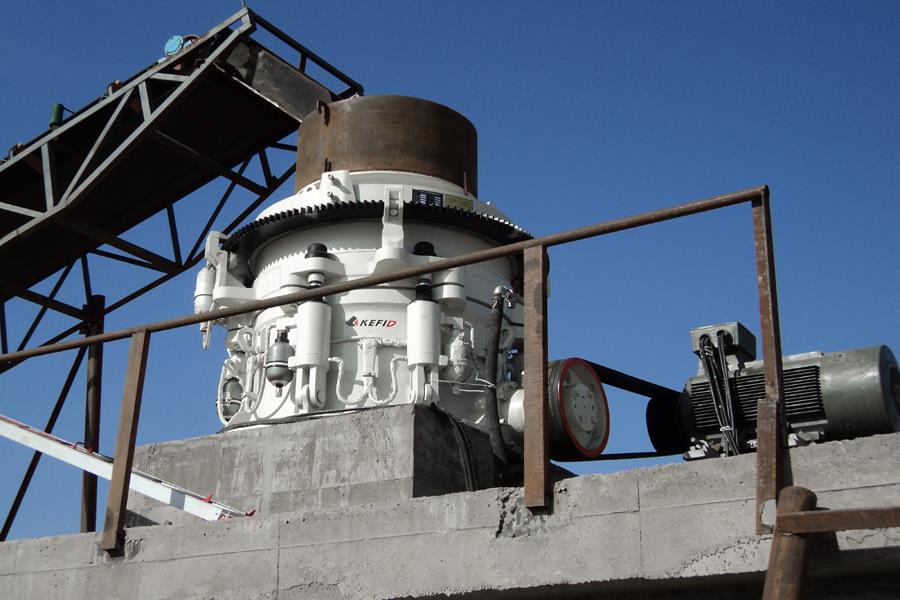
Working Principle and Characteristics of Jaw Crusher
Working Principle
When the jaw crusher is in operation, the movable jaws move against the fixed jaws in a cyclical reciprocating motion, sometimes approaching and sometimes leaving. When it is close, the material is crushed by squeezing, splitting and impact between the two jaws; when it leaves, the crushed material is discharged from the discharge port by gravity.
The first crusher is usually the "main" crusher in the process of crushing huge boulders into small boulders. The oldest and most robust crusher is the jaw crusher. When feeding a jaw crusher, material is poured from the top entrance into the crushing chamber containing the jaws, which push the material against the chamber walls with great force, breaking it into smaller boulders. The movement of the jaw teeth is supported by an eccentric shaft that runs through the body frame. The eccentric motion is usually generated by flywheels fixed to the ends of the shaft. The flywheel and eccentric support bearings are often spherical roller bearings, which must withstand significant shock loads, abrasive effluent and high temperatures.
Features
1. Low noise and less dust.
2. Its crushing ratio is large and the product size is uniform.
3. Simple structure, reliable work and low operating cost.
4. The lubrication system is safe and reliable, the parts are easy to replace, and the maintenance of the equipment is simple.
5. The crushing cavity is deep and without dead zone, which improves the feeding capacity and output.
6. Energy-saving equipment: 15%-30% for single machine and more than double for system.
7. Large adjustment range of discharge opening, can meet the requirements of different users.
The company has rich experience in providing customers with a full set of mining equipment services, the enterprise is struggling to build a world-class crushing equipment, wear-resistant materials with excellent professional skills and active innovation. Welcome to consult customer service to purchase, free consultation.









